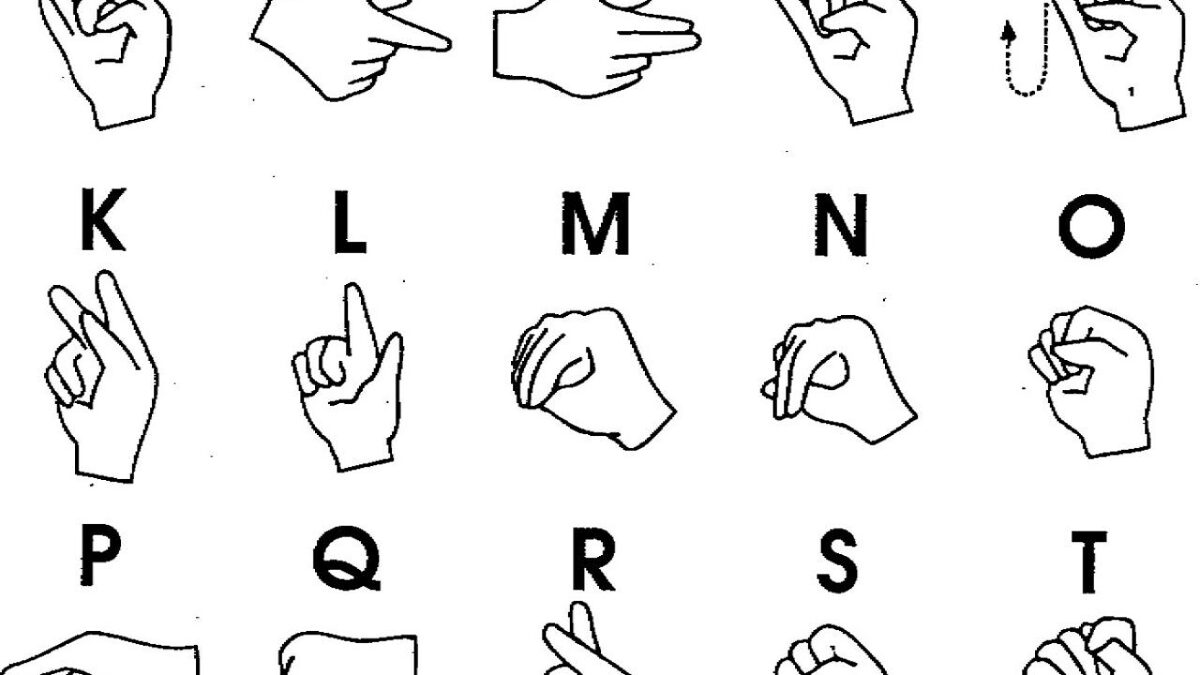Brain Implants Turn Imagined Handwriting into Text on Screen

The translation from brain to text may ultimately point to ways to help people with disabilities like paralysis communicate using just their thoughts, the journal Nature reported.
A 65-year-old man had two grids of tiny electrodes implanted on the surface of his brain. The electrodes read electrical activity in the part of the brain that controls hand and finger movements. Although the man was paralyzed from the neck down, he imagined writing letters softly with his hand. With an algorithm, researchers then figured out the neural patterns that went with each imagined letter and transformed those patterns into text on a screen.
From his brain activity alone, the participant produced 90 characters, or 15 words, per minute, Krishna Shenoy, a Howard Hughes Medical Institute investigator at Stanford University, and colleagues report. That’s about as fast as the average typing rate of people around the participant’s age on smartphones.
The thought-to-text system worked even long after the injury. “The big surprise is that even years and years after spinal cord injury, where you haven’t been able to use your hands or fingers, we can still listen in on that electrical activity. It’s still very active,” Shenoy says.
Thought-powered communication is still in its early stages (SN: 4/24/19). Research with more volunteers is needed, but “there’s little doubt that this will work again in other people,” says Shenoy. The researchers plan to test the system with a person who has lost both the ability to move and speak.
4155/v
























